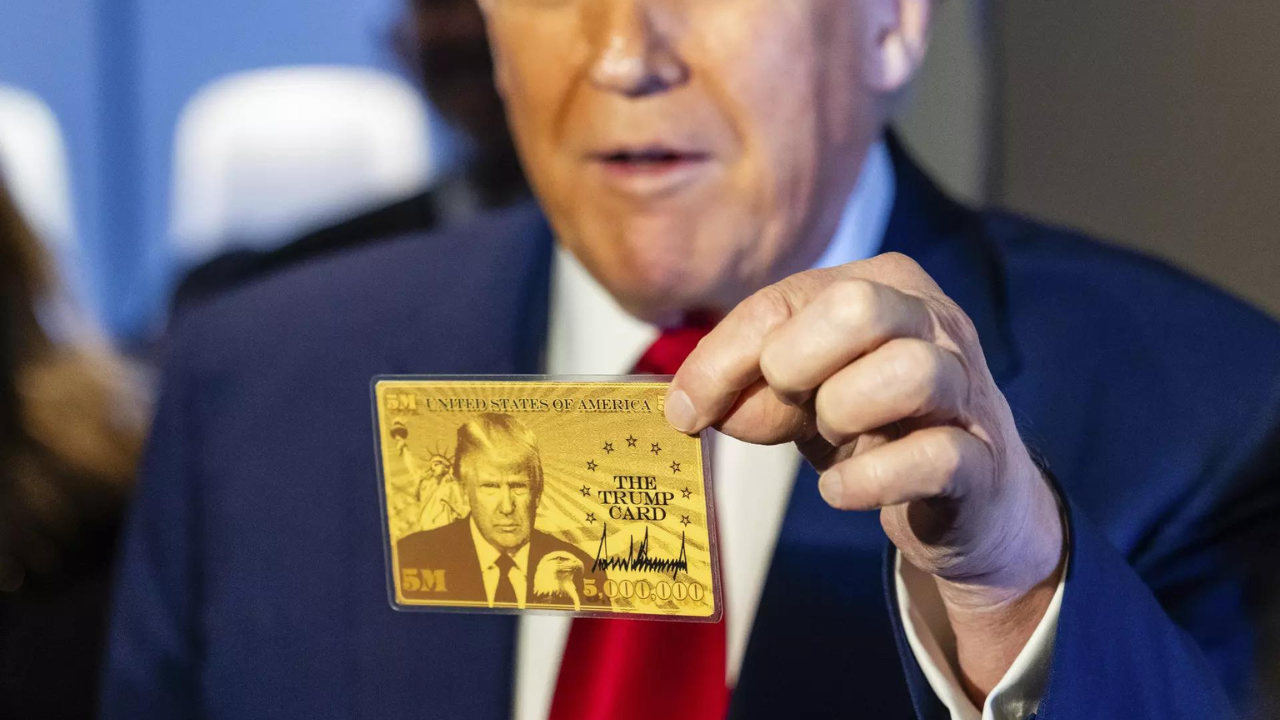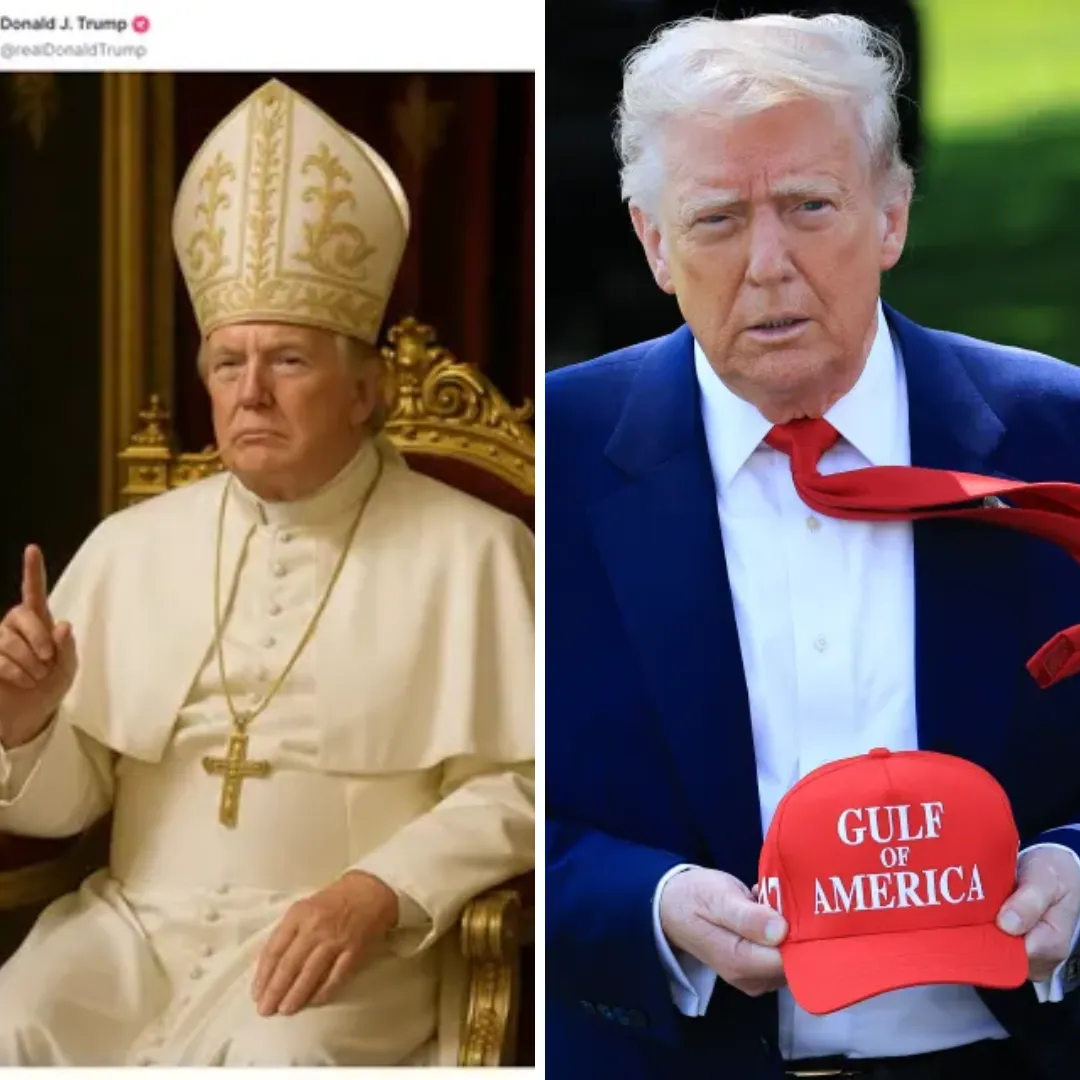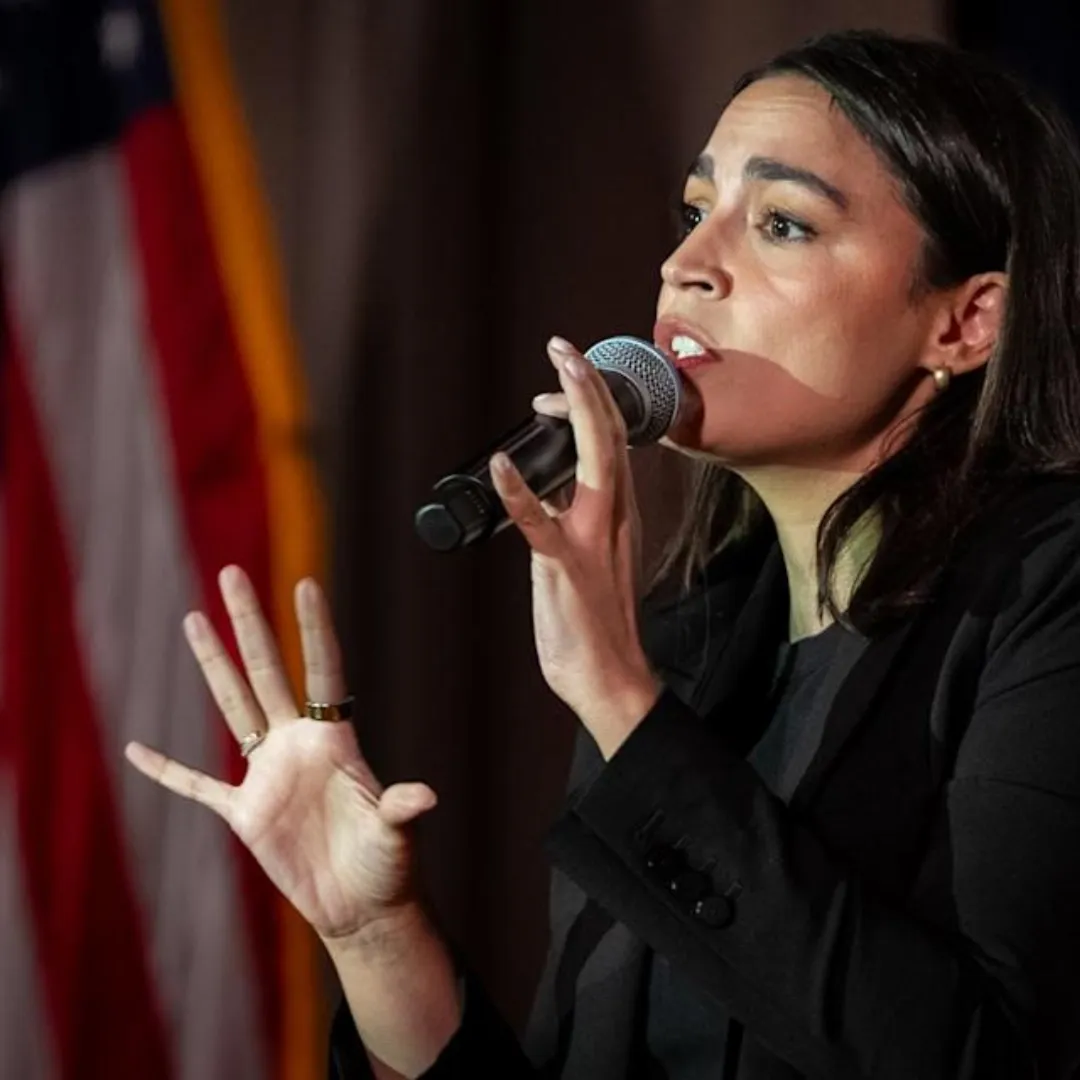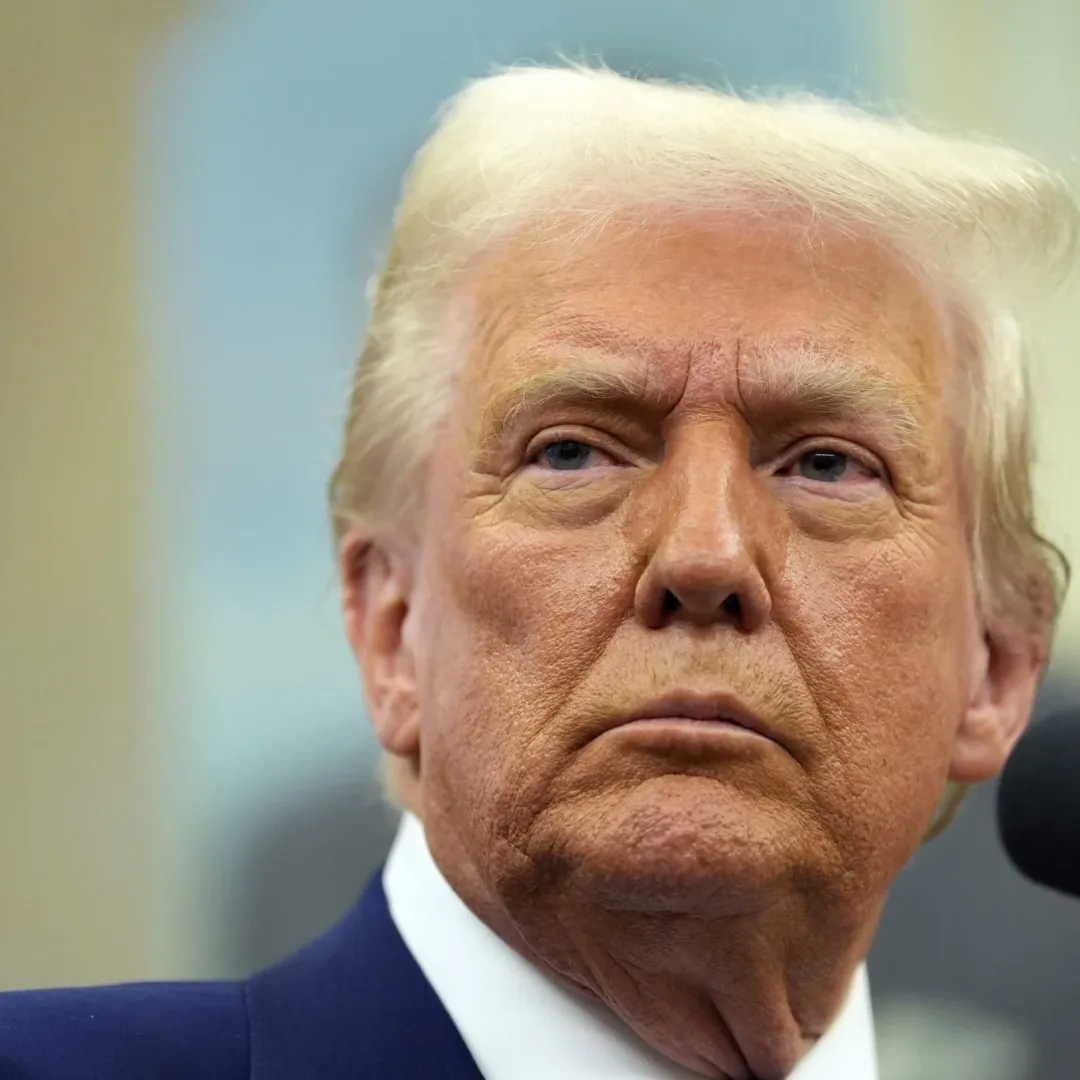
Former President Donald Trump’s controversial “Gold Card” immigration visa is moving closer to public rollout, according to a Sunday update from billionaire Elon Musk. In a post on X, formerly known as Twitter, Musk confirmed that the U.S. government is currently conducting a behind-the-scenes trial of the immigration system that would offer fast-tracked residency to wealthy foreigners willing to pay $5 million.
Musk, who has renamed himself “Gorklon Rust” on the platform, hinted that the quiet trial is the final step before the administration officially launches what could become one of the most elite and expensive immigration programs in U.S. history.
The “Gold Card,” also dubbed the “Trump Card,” was first introduced earlier this year as part of Trump’s broader strategy to overhaul the U.S. immigration system by expanding legal pathways for the wealthy while simultaneously cracking down on illegal immigration.
While deportations and enforcement remain a central part of Trump’s second-term agenda, the administration has also focused on selectively opening America’s doors to affluent global citizens who bring capital rather than labor. The $5 million visa program is intended to replace and surpass the existing EB-5 investment visa program, which requires applicants to invest around $800,000 and create at least 10 jobs in the U.S.
Commerce Secretary Howard Lutnick, a key figure behind the program’s rollout, previously told media outlets that the Trump administration sold 1,000 of the new Gold Cards in just one week, raising $5 billion in a single day. The program has reportedly attracted over 250,000 applicants so far, far exceeding expectations.
While some of these figures remain unverified, the momentum suggests significant interest from wealthy individuals across the globe seeking a streamlined route to American residency.
Internet commentator Mario Nawfal was among the first to post about new developments in the program, describing it as “the high-roller fast lane to U.S. residency.” His post emphasized that the program avoids traditional quotas and bureaucratic delays, branding it as a premium service with benefits including expedited vetting and freedom from U.S. taxes on foreign income.
Nawfal added, “Trump wants to sell 1 million of them. Lutnick says 1,000 already sold. Elite access. Elite minds. Elite price. Welcome to immigration, Trump-style.” Musk responded to the post by confirming the existence of a government-run trial and noting that a formal announcement from President Trump would follow once testing is complete.

Trump first revealed the Gold Card initiative during a press briefing aboard Air Force One, proudly displaying a glossy prototype with his face stamped on the front. Calling it the “Trump Card,” he said the program would serve as both a revenue generator and a statement of the kind of immigrants his administration wants to welcome.
“It’s going to be a route to citizenship,” Trump told reporters. “And wealthy people will be coming into our country by buying this card. They will be wealthy, they will be successful, they will be spending a lot of money and paying a lot of taxes.”
The program’s digital infrastructure was reportedly developed by the Department of Government Efficiency (DOGE), a Trump-era agency created during his first term and revitalized in his second. According to Musk and other sources familiar with the program, the Gold Card platform is already integrated into the broader U.S. immigration system, offering secure online application portals and direct access to federal review offices.
The new visa would effectively eliminate much of the bureaucracy typically associated with long-term immigration. Unlike traditional paths that require employer sponsorship, employment verification, and strict qualifications, the Gold Card requires little more than a financial transaction.
Once accepted, holders would receive a fast-tracked path to permanent residency, with future eligibility for citizenship. Additional perks reportedly include tax exemptions on global income, access to elite government liaison services, and streamlined processing for family members.
The White House has not yet confirmed a launch date for the Gold Card program, but Musk’s statement on Sunday strongly suggests that the internal testing phase is nearing completion. The announcement has already reignited a fierce debate in Washington over the ethics and priorities of immigration reform.
Supporters argue that attracting capital-rich individuals could boost U.S. investment and stimulate job creation without draining public services. Critics say the program underscores a fundamental inequality — one that sells American citizenship to the highest bidder.
Texas Senator John Cornyn has voiced cautious support for the idea, calling it “the ultimate merit-based immigration.” In a recent interview with Semafor, Cornyn said, “We’re trying to come up with some legislation that would make that happen.

And if we continue to attract the smartest, most accomplished people from around the world to America, that’s good for all of us.” Cornyn framed the Gold Card as a solution to America’s talent war with countries like Canada, Australia, and the United Kingdom, all of which have launched similar investment-based visas.
On the other side of the aisle, Representative Ro Khanna of California voiced skepticism. In a statement to Newsweek, Khanna said, “You don’t need to have $5 million in your bank account to build a successful company in America. Just look at Sergey Brin, Sundar Pichai, or Satya Nadella.
We should welcome talented workers to America who will bring their creativity and productivity while also reforming the H1-B program to prevent abuses.” Khanna’s comments reflect growing concern among progressive lawmakers that Trump’s immigration vision rewards wealth over merit, creating a two-tier system that privileges the elite while making it harder for others to pursue the American dream.
The Gold Card also threatens to deepen existing divides within the broader immigration debate. The EB-5 program, which the new system is expected to replace, was itself criticized for being opaque and vulnerable to fraud, with many investors failing to meet the job creation requirements.
Trump’s version strips away many of those conditions in favor of a direct pay-to-stay model. This new format could generate vast sums for the U.S. Treasury, but it may also invite criticism that American residency is being commodified, sold like a luxury product rather than earned through merit or humanitarian need.
Immigration advocates argue that focusing on high-net-worth individuals does little to solve the real challenges within the immigration system, such as family reunification, the refugee backlog, and the outdated visa caps for skilled workers. Critics of the Gold Card contend that such programs send a message that immigration is only welcome if it comes with a seven-figure price tag.
Yet for Trump and his allies, the program fits squarely within their governing philosophy. It’s transactional, it’s bold, and it appeals to the wealth-first worldview that has long animated Trump’s approach to policy. In many ways, the Gold Card encapsulates Trump’s vision of America — a place of opportunity for those who can afford the entry fee.
What remains unclear is how the courts will respond. Past attempts to overhaul immigration via executive action have faced legal roadblocks, especially when challenged on grounds of fairness or equal protection. Some legal scholars argue that granting residency based purely on wealth could invite constitutional challenges, especially if it disadvantages applicants from lower-income nations or those lacking access to capital.

Still, the Trump administration appears confident that the program will move forward. By all accounts, the infrastructure is ready, demand is high, and the political will is strong. Once the quiet trial concludes, an official rollout could happen within weeks. If successful, the Gold Card could become one of the most lucrative and controversial immigration programs in U.S. history.
Until then, the debate continues — not just about who gets to come to America, but about what kind of country America wants to be. Is it a nation that values investment above all else? Or one that believes immigration should be based on fairness, contribution, and opportunity? The Gold Card doesn’t just offer a shortcut to a green card. It offers a glimpse into a radically different future for U.S. immigration — one shaped by cash, clout, and Trump-branded exclusivity.



